Advertisement
The race to build the next generation of artificial intelligence is pushing some of the world’s biggest names to work together in unexpected ways. Elon Musk’s xAI has announced it is partnering with Nvidia, Microsoft, and BlackRock to create advanced infrastructure for AI development and deployment.
This unusual alliance brings together leaders in AI research, chip manufacturing, cloud services, and finance to tackle the enormous demand for computing resources. At its core, the partnership reflects how AI is no longer just a software challenge but also a matter of hardware, capital, and long-term strategy.
Each of the four partners brings a distinct strength to a shared problem: building enough muscle to support the next wave of artificial intelligence. Musk’s xAI, launched just last year, is already pushing the boundaries of conversational AI with models like Grok. But training these models demands staggering amounts of computing power, electricity, and space — far more than a young company can realistically build on its own. The shortage of high-performance infrastructure has become one of the biggest challenges for anyone serious about developing large-scale AI.
That's where Nvidia steps in. For years, it has been the go-to supplier of the GPUs that power today's biggest models. Its chips, like the H100 and the much-anticipated B100, are already a cornerstone of the AI world. In this partnership, Nvidia's role is simple yet vital: to deliver the hardware and technical expertise that make this level of computing possible. Without sufficient GPUs, no amount of ambition can transform xAI’s vision into a functioning product.
Microsoft's contribution comes through its global Azure cloud platform. The company has already built an enormous network of AI-ready data centers and has spent heavily to expand its capabilities. Rather than forcing xAI to pour resources into building its physical facilities, Microsoft can host and run xAI’s models on Azure, saving time and avoiding duplication.
Finally, BlackRock ties it all together with financing and strategy. Scaling this kind of infrastructure costs billions, and few companies can afford to manage it alone. BlackRock, with its deep pockets and experience in energy and infrastructure projects, provides the funding and long-term planning to keep the lights on — literally. Its role helps make sure these enormous data centers have both the money and the power they need to run reliably and sustainably.
At the heart of this collaboration is a simple reality: current infrastructure cannot keep up with the pace of AI development. Training today’s frontier models requires hundreds of thousands of GPUs running in parallel, drawing enormous amounts of electricity and requiring constant cooling. Even for companies with deep pockets, demand is beginning to exceed supply.
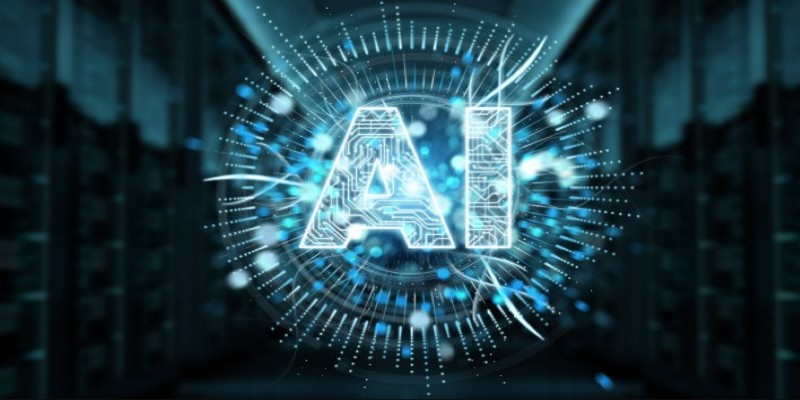
Many AI companies have begun to encounter capacity limits, resulting in delays in training and deployment. This strain is not just about GPUs, but also about the surrounding ecosystem — including power grids, fiber connections, physical space, and heat management. A single data center outfitted for AI can consume as much electricity as a small city, making it clear why pooling resources is becoming necessary.
This partnership seems designed to address that challenge from all angles. By combining xAI’s research, Nvidia’s chips, Microsoft’s global cloud presence, and BlackRock’s financing, they can move faster than any one company could alone. It also sends a message that the future of AI is as much about physical and financial infrastructure as it is about algorithms and code.
One of the more interesting aspects of this alliance is what it signals about competition in the field. Elon Musk has been a vocal critic of OpenAI, the company he co-founded and later left, accusing it of straying from its original mission of openness. xAI was launched in part as an alternative vision for AI development. By partnering with Microsoft, which is deeply tied to OpenAI, Musk appears willing to set aside rivalry for the sake of accessing the necessary resources.
Nvidia, meanwhile, remains mostly neutral, selling its chips to nearly everyone in the space. But by working more directly with xAI and Microsoft on dedicated infrastructure, it further cements its position at the center of the AI industry. BlackRock's involvement underscores how investors are increasingly viewing AI not just as a tech trend, but as a major driver of infrastructure investment.
Some observers see this as a sign of consolidation in the industry. The biggest players are forming alliances to secure scarce resources and lock in advantages, which may make it harder for smaller startups to compete. At the same time, collaborations like this could help accelerate the rollout of AI tools by ensuring enough capacity is available to meet demand.
In the longer term, this partnership could reshape how AI infrastructure is built and managed. Rather than each company constructing its isolated data centers and power supplies, more collaborative models may emerge. Sharing costs and expertise can lower barriers and make the sector more sustainable. It also highlights how intertwined AI development is becoming with energy policy, land use, and global supply chains.
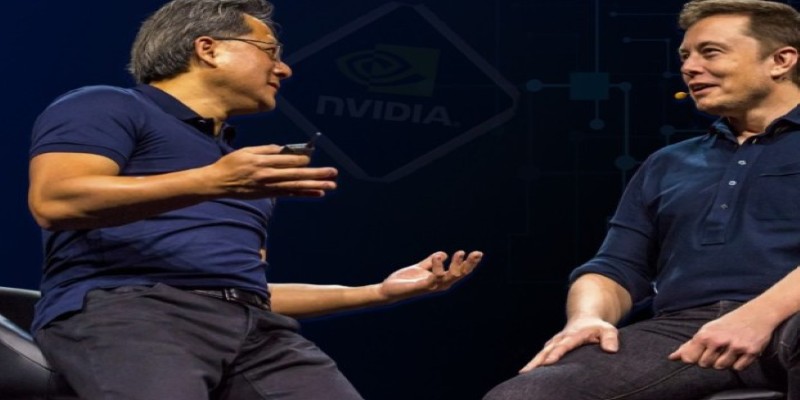
There are also questions about whether such collaborations will lead to more centralization of AI capabilities in the hands of a few large players. Policymakers and regulators may start paying closer attention to these alliances, given their potential impact on competition and market access.
For now, though, the move reflects a pragmatic recognition that AI is no longer something that can be built in a garage or even a single corporate campus. It is becoming a global-scale industrial effort that requires coordination across many sectors.
This alliance between xAI, Nvidia, Microsoft, and BlackRock marks a turning point in how artificial intelligence is scaled and supported. By combining research, hardware, cloud infrastructure, and financial strength, they address the massive demands of modern AI. The partnership highlights that building advanced models now depends as much on collaboration and resources as it does on innovation itself. As AI continues to grow, such alliances could shape who leads the field and how accessible these technologies remain to others.
Advertisement
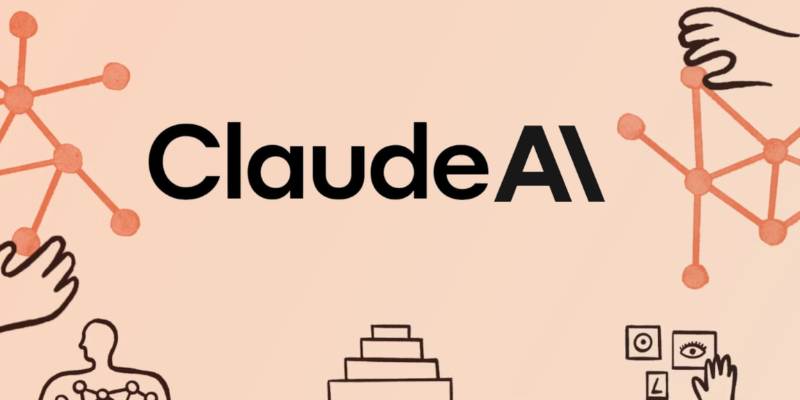
Learn the top 8 Claude AI prompts designed to help business coaches and consultants boost productivity and client results.
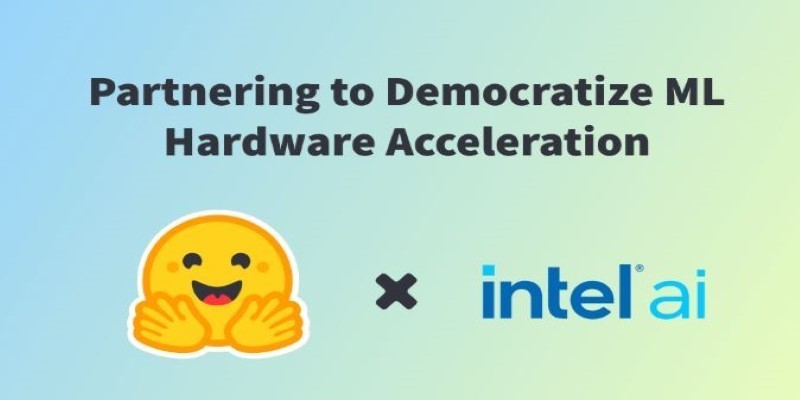
Intel and Hugging Face are teaming up to make machine learning hardware acceleration more accessible. Their partnership brings performance, flexibility, and ease of use to developers at every level
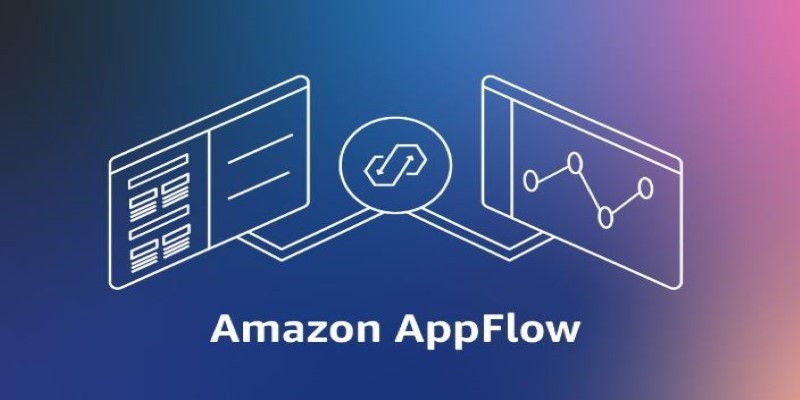
How Amazon AppFlow simplifies data integration between SaaS apps and AWS services. Learn about its benefits, ease of use, scalability, and security features

How machine learning is transforming sales forecasting by reducing errors, adapting to real-time data, and helping teams make faster, more accurate decisions across industries
Advertisement

Learn how to use ChatGPT for customer service to improve efficiency, handle FAQs, and deliver 24/7 support at scale

AI content detectors don’t work reliably and often mislabel human writing. Learn why these tools are flawed, how false positives happen, and what smarter alternatives look like

Find how AI is reshaping ROI. Explore seven powerful ways to boost your investment strategy and achieve smarter returns.

Running large language models at scale doesn’t have to break the bank. Hugging Face’s TGI on AWS Inferentia2 delivers faster, cheaper, and smarter inference for production-ready AI
Advertisement

Discover the top 10 AI voice generator tools for 2025, including ElevenLabs, PlayHT, Murf.ai, and more. Compare features for video, podcasts, education, and app development

A leading humanoid robot company has introduced its next-gen home humanoid designed to assist with daily chores, offering natural interaction and seamless integration into home life
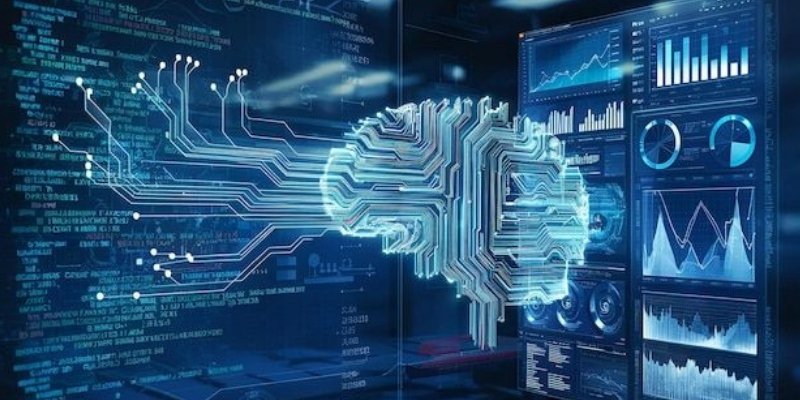
DataRobot acquires AI startup Agnostiq to boost open-source and quantum computing capabilities.
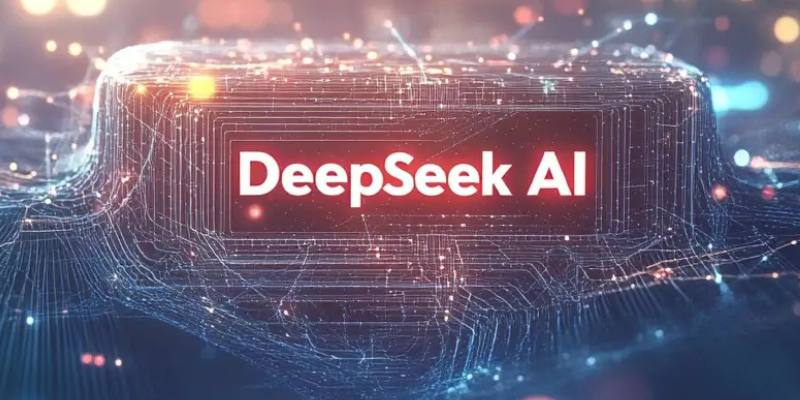
Find the top eight DeepSeek AI prompts that can accelerate your branding, content creation, and digital marketing results.